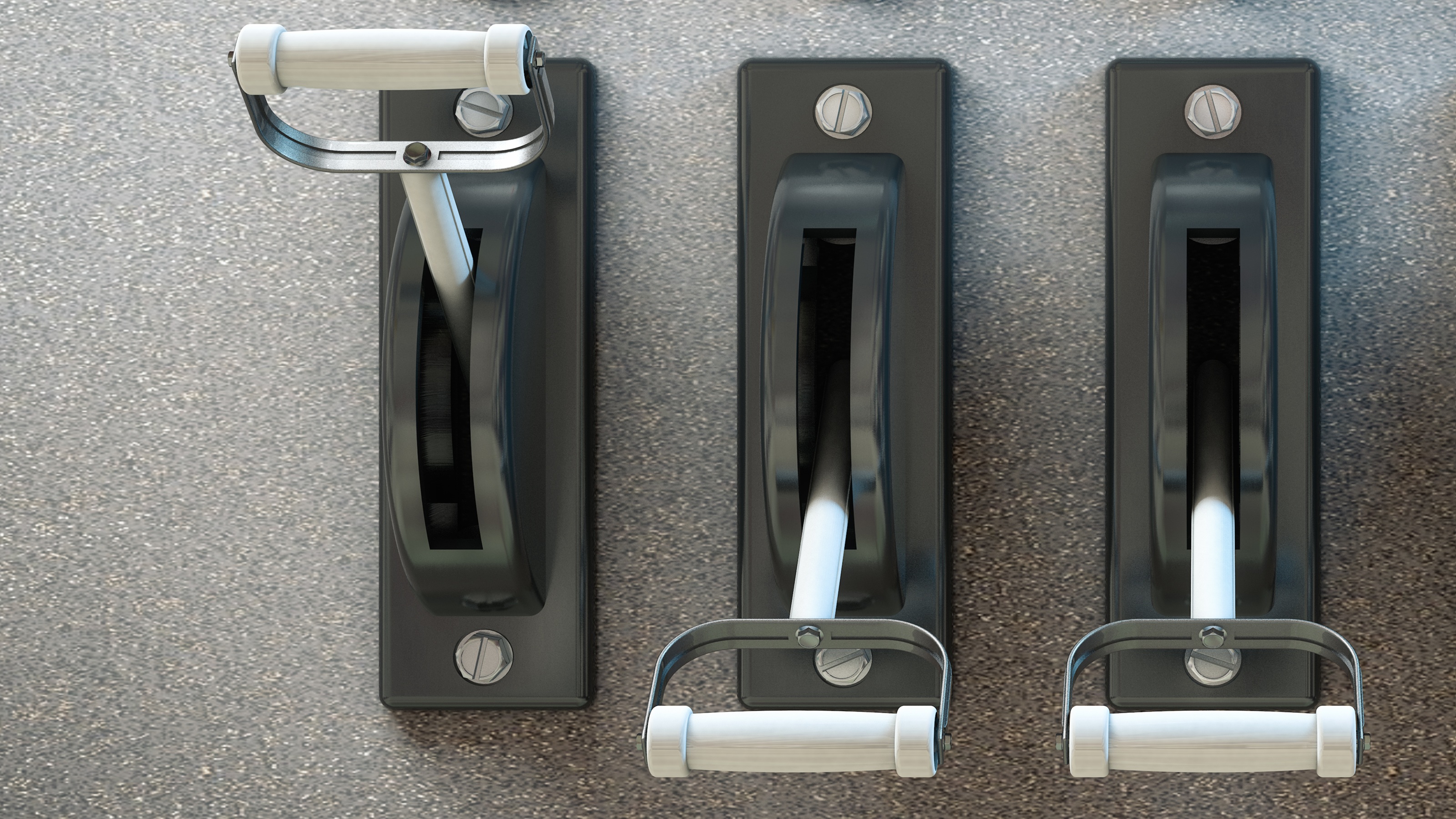7 Ways to Prepare for Higher Taxes
The tax climate is changing, and your retirement planning strategies could use some tweaks to stay on top of the situation.


President Biden is pushing an agenda of raising taxes on corporations and the wealthy to help fund proposed bills for infrastructure and social safety net programs.
Under his plans, the corporate tax rate could increase from its current rate of 21% to between 25% and 28%, and the long-term capital gains tax rate could rise from 20% to 39.6% for anyone making more than $1 million per year.
There are other potential tax increases as well to consider, such as marginal income tax rates and estate taxes. Amid all these uncertainties, it’s important to be prepared, as one or more of these proposed hikes could dramatically affect your tax burden.
Here are seven ways you can prepare for higher taxes and put yourself in a better position to ready your estate:
The appearances in Kiplinger were obtained through a PR program. The columnist received assistance from a public relations firm in preparing this piece for submission to Kiplinger.com. Kiplinger was not compensated in any way.

1. Pay attention to where your income is coming from
The different buckets of money you have are each taxed differently, such as earned income, investment income, traditional IRA income and Roth IRA income. Depending on your budget and your other income sources, you need to have a strategy of when, why and how to pull money from each bucket, because believe it or not, these decisions can greatly affect how much of your own hard-earned money you actually get to pocket.
For example, say a couple who are 69 years old have $22,000 in pension income per year and $38,000 in Social Security income, and they need a total of $110,000 to fund their lifestyle. So, they need to pull $50,000 from their portfolio to make up the difference to get to the $110,000. Let’s say they have $500,000 in an IRA and another $500,000 in a savings account. Which bucket of money should they pull from?
If they pull all the money from the IRA, that will put their Social Security taxable income at 85% because they went over the Social Security provisional income threshold. All the pension is taxable, and all the IRA is taxable because it’s never been taxed. On the other hand, if they would have taken all $50,000 from their savings account instead of the IRA, the Social Security provisional income would have been only 50% calculated toward tax rather than 85%. They’re not taxed on savings. Just by taking $50,000 from an after-tax account versus an IRA, that would have an impact on Social Security being taxed differently and on total income differently. But that doesn't mean just pull money from savings, because what if you’re running out? It’s about sitting down with a financial professional and figuring out the right formula to have a plan.

2. Take advantage of today’s lower marginal income tax rates
Right now, you can control the tax environment you’re in. I like to use this analogy: If I offered to give you a loan but told you I wouldn’t let you know the interest rate you would pay until some point in the future, would you do it? Of course not. But a similar situation applies to our tax-deferred IRAs right now. We’re putting money into an account without knowing what the future tax rate will be when we withdraw funds in retirement and most need the money.
What you can take advantage of right now is knowing today what the marginal tax rates are. We don’t know what they will be in the future. That’s why it often makes sense to open a Roth IRA or convert some of the money you’ve been investing in your 401(k) into a Roth 401(k) or Roth IRA. If you believe tax rates will be higher in the future, why would you not pay taxes on something now when you know what the taxes are today and control that environment?

3. Consider Roth conversions
Roth IRAs grow tax-free, and distributions are not taxed as income when you start withdrawing money from them. Traditional IRA to Roth IRA conversions are taxable – but under today’s rates, converting to a Roth might make sense depending on your income and benefits in retirement. Whatever is left in a Roth also passes tax-free to beneficiaries upon your death. It’s important to have your adviser and tax professional working together on this. Your CPA may not know how much you have in IRAs, so have a conversation with them and your financial adviser about the amount of money you have in qualified accounts, and see if a conversion is right for you.

4. Consider qualified charitable distributions (QCDs)
You can send money from your 401(k) or IRA directly to charities when you have your required minimum distribution. Up until 2018 when the new tax law was put in place, if you made a charitable contribution, you could deduct it. You cannot deduct charitable contributions right now. The idea behind a QCD is, if you are over 72 and you have a required minimum distribution, if that RMD goes directly to a charity from the custodian of the IRA, you don’t have to pay taxes on that RMD. It’s a way to get the deduction and not have to pull that money and be able to give to a charity. Otherwise, you have to pull the money from the IRA, pay taxes on it, then give it to a charity.

5. Harvest tax losses
Some investments in your portfolio may not have done as well as others, and taking advantage of some of those losses can potentially minimize taxes you may owe on capital gains or on your regular income. For example, you can sell an investment that has lost value, replace it with a similar investment, and use the investment sold as a loss to offset gains.

6. Accelerate your lifetime gifting
The Tax Cuts and Jobs Act doubled the lifetime gift tax exemption to $11.18 million in 2018 — and that figure has since jumped to $11.7 million for 2021, thus providing a good opportunity to pass on a substantial part of wealth tax-free. But that increase will sunset at the end of 2025, perhaps, as some suggest, dropping back to what it was before the TCJA – $5.6 million adjusted for inflation.
To accelerate your gifting, you can use the lifetime exemption now. If you’re married, each person can gift $15,000, or $30,000 as a couple. Or if you’re single or a widower, you can gift $15,000 to as many people as you want, and that does not count toward that lifetime gifting exemption.

7. Leverage life insurance
You can do this through an irrevocable life insurance trust (ILIT), using that as a vehicle to take money out of your estate to reduce your tax burden in the future. With an ILIT, you put the life insurance inside the trust as a way to set aside funds to pay for future estate tax or other potential tax issues and not burden beneficiaries with this expense.
Taxes get our attention, and the prospect of higher taxes is a call to action. It demands careful and thorough preparation. Take control of things now, given the uncertainty on several fronts of where taxes may go in the future.
Dan Dunkin contributed to this article.
Profit and prosper with the best of Kiplinger's advice on investing, taxes, retirement, personal finance and much more. Delivered daily. Enter your email in the box and click Sign Me Up.

Reid Johnson, TX license 1068067, is president and founder of Texas-based Lake Point Advisory Group, LLC (www.lakepointadvisorygroup.com). As a financial professional and fiduciary when providing financial advice, he is dedicated to providing his clients with the individual attention necessary to help them pursue their financial goals. He has contributed to various media sites, including Wall Street Select, CNN and The Star-Telegram.
-
 I'm a Government Employee and Need to Get By Until the Shutdown Ends. What Can I Do?
I'm a Government Employee and Need to Get By Until the Shutdown Ends. What Can I Do?The second-longest shutdown in history is leaving many federal workers with bills due and no paycheck to cover them. Here's what you can do to get by.
-
 Grant Cardone Tells Us the Biggest Retirement Mistake You Can Make
Grant Cardone Tells Us the Biggest Retirement Mistake You Can MakeThe entrepreneur, real estate investor and motivational speaker tells us why people should never stop working.
-
 I'm a CPA: Control These Three Levers to Keep Your Retirement on Track
I'm a CPA: Control These Three Levers to Keep Your Retirement on TrackThink of investing in terms of time, savings and risk. By carefully monitoring all three, you'll keep your retirement plans heading in the right direction.
-
 Debunking Three Myths About Defined Outcome ETFs (aka Buffered ETFs)
Debunking Three Myths About Defined Outcome ETFs (aka Buffered ETFs)Defined outcome ETFs offer a middle ground between traditional equity and fixed-income investments, helping provide downside protection and upside participation.
-
 This Is Why Judge Judy Says Details Are Important in Contracts: This Contract Had Holes
This Is Why Judge Judy Says Details Are Important in Contracts: This Contract Had HolesA couple's disastrous experience with reclaimed wood flooring led to safety hazards and a lesson in the critical importance of detailed contracts.
-
 A Lesson From the School of Rock (and a Financial Adviser) as the Markets Go Around and Around
A Lesson From the School of Rock (and a Financial Adviser) as the Markets Go Around and AroundIt's hard to hold your nerve during a downturn, but next time the markets take a tumble, remember this quick rock 'n' roll tutorial and aim to stay invested.
-
 I'm a Financial Pro: This Is How You Can Guide Your Heirs Through the Great Wealth Transfer
I'm a Financial Pro: This Is How You Can Guide Your Heirs Through the Great Wealth TransferFocus on creating a clear estate plan, communicating your wishes early to avoid family conflict, leaving an ethical will with your values and wisdom and preparing them practically and emotionally.
-
 To Reap the Full Benefits of Tax-Loss Harvesting, Consider This Investment Strategist's Steps
To Reap the Full Benefits of Tax-Loss Harvesting, Consider This Investment Strategist's StepsTax-loss harvesting can offer more advantages for investors than tax relief. Over the long term, it can potentially help you maintain a robust portfolio and build wealth.
-
 Social Security Wisdom From a Financial Adviser Receiving Benefits Himself
Social Security Wisdom From a Financial Adviser Receiving Benefits HimselfYou don't know what you don't know, and with Social Security, that can be a costly problem for retirees — one that can last a lifetime.
-
 Take It From a Tax Expert: The True Measure of Your Retirement Readiness Isn't the Size of Your Nest Egg
Take It From a Tax Expert: The True Measure of Your Retirement Readiness Isn't the Size of Your Nest EggA sizable nest egg is a good start, but your plan should include two to five years of basic expenses in conservative, liquid accounts as a buffer against market volatility, inflation and taxes.
